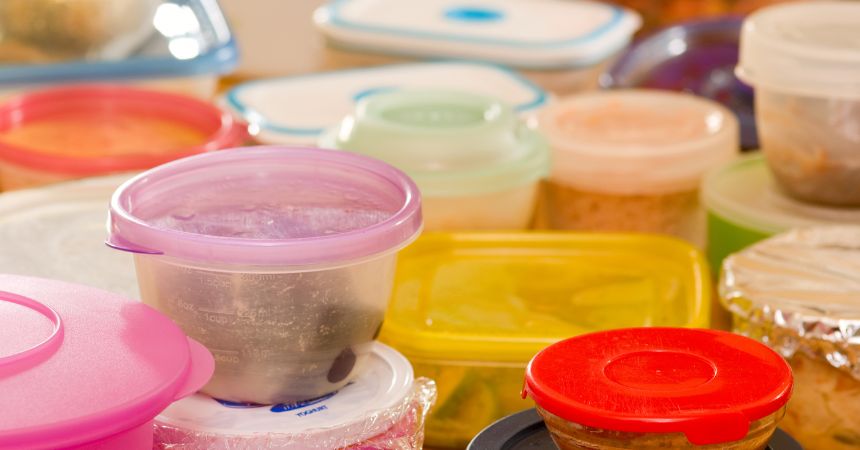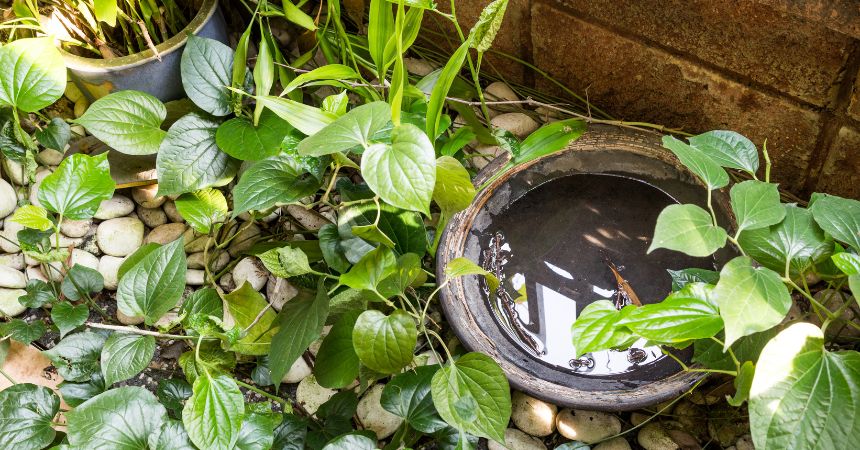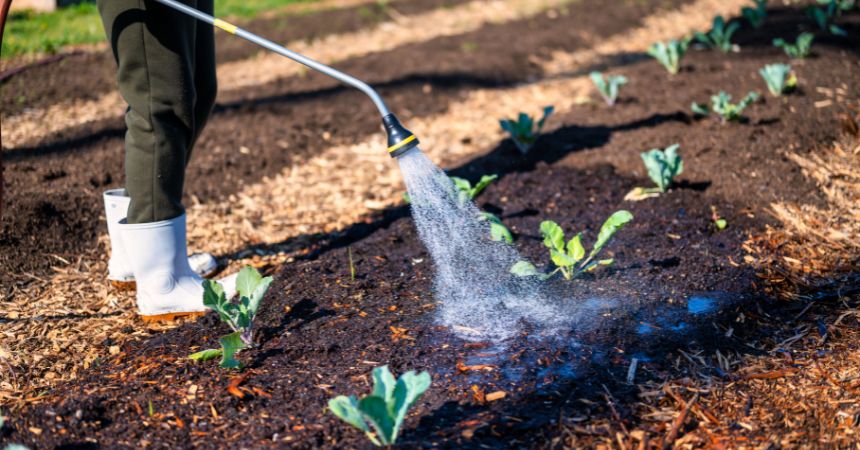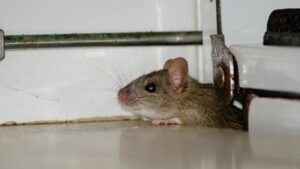- REad Time: 5 min
Key Takeaways For Our Pest Control Tips
- Store food in airtight containers to prevent access by pests
- Maintain cleanliness by promptly cleaning spills and crumbs to deter unwanted visitors
- Regularly inspect for cracks and gaps to block potential pest entry points
- Utilize natural pest deterrents like plants and essential oils to protect your garden
- Schedule regular garbage collection to minimize odors that attract pests
Keep Your Kitchen Free of Pests
To keep your kitchen pest-free, we recommend storing food in airtight containers to protect it from unwanted visitors like spiders and termites. Remember to clean up crumbs and spills promptly, inspect for cracks and openings, and organize your kitchen for easy cleaning. Each of these steps is vital for effective pest control in your home.
Store Food in Airtight Containers

- Use glass jars for dry foods like rice and pasta.
- Seal leftovers in plastic or glass containers with tight lids.
- Regularly check for damaged packaging and repackage items as needed.
- Store pet food in airtight bins to keep pests away.
Clean Up Food Crumbs and Spills Promptly
Inspect for Cracks and Openings
Organize Your Kitchen for Easy Cleaning
Ensure Bathroom Sanitation

Regularly cleaning sinks and drains is vital for preventing home pests from rooting in your bathroom. I also recommend sealing gaps around fixtures to block entry points. Proper ventilation reduces moisture, which attracts pests, while monitoring for leaks helps detect potential issues. These practical steps are essential for effective home pest control and pest prevention strategies.
Regularly Clean Sinks and Drains
Seal Gaps Around Fixtures
- Seal gaps around toilets, sinks, and other fixtures.
- Check drainage systems for leaks and clean regularly.
- Keep pet food stored properly and dishes clean.
- Use vinegar for frequent cleaning as a natural deterrent.
Utilize Proper Ventilation
Monitor for Leaks
Prevent Stagnant Water Accumulation

To effectively control pests, I pay close attention to stagnant water accumulation around my home. Regularly checking indoor plants for excess water is crucial, as standing water can attract various animals. I also clean out gutters and downspouts, repair any pool or fountain issues, and maintain pet water bowls to eliminate potential breeding grounds for pests. Each of these steps plays a significant role in pest prevention.
Regularly Check Indoor Plants
Clean Out Gutters and Downspouts
Repair Pool and Fountain Issues
- Inspect pools and fountains regularly for leaks and drainage issues.
- Ensure water circulation in pools to prevent stagnant water.
- Clean debris from fountains to maintain proper functionality.
- Fix any identified leaks promptly to minimize pest attraction.
- Stay vigilant with regular maintenance to support pest control efforts.
Maintain Pet Water Bowls
Dispose of Garbage Effectively
Use Sealed Trash Bins
Schedule Regular Garbage Collection
Clean Bins to Avoid Odors
Limit Composting of Food Scraps
Cultivate a Pest-Resistant Garden

Choose Native and Pest-Resistant Plants
Use Natural Pest Deterrents
- Plant pest-repelling herbs, like basil and rosemary.
- Use essential oils as a natural spray on plants.
- Implement companion planting for enhanced pest protection.
Rotate Crops Annually
Keep Garden Debris Clear
- Remove fallen leaves and organic materials regularly.
- Store garden tools and equipment properly.
- Dispose of damaged plants and unwanted materials promptly.
Install and Maintain Proper Screens
Use Window and Door Screens to Reduce Entry
Check Screens for Damage Regularly
Ensure Vents and Exhausts Are Screened
Seal Common Entry Points
Reduce Clutter Around Your Home
Organize Storage Areas
Keep Outdoor Equipment Clean
Check for Pests in Boxes and Containers
Perform Seasonal Decluttering
Insights From Taps Pest Control
Professional Solutions Offered
Customer Success Stories
Importance of Regular Inspections
Steps to Take After a Pest Sighting
Conclusion
Table of Contents
Additional Resources

Effective Pest Control Tips From Taps Pest Control
Are you tired of dealing with unwelcome visitors like insects and rodents in your home? Pest infestations can quickly turn your space into a stressful environment, especially if they take over areas like the attic or kitchen. In this guide, we will share effective pest control tips to help you keep your kitchen free of pests, ensure bathroom sanitation, and prevent stagnant water accumulation. By following these tips, you can create a healthier and safer home while reducing the risk of future infestations from cockroaches and other pests.

Ultimate Pest Control Tips for Florida Homeowners: How to Stop Infestations Before They Start
Tired of insects, rodents, and pests invading your Florida home? Discover expert pest control tips from Taps Pest Control to stop infestations before they start.

Spring Pest Control in Florida: Pest Prevention Tips
Get ahead of the season with expert spring pest control in Florida. As temperatures rise, so does pest activity—especially ants, termites, and mosquitoes. Learn how to protect your home with inspection tips, prevention checklists, and professional solutions from Taps Pest Services.
Frequently Asked Questions About Pest Control Tips
To keep pests out of your kitchen, regularly clean surfaces, seal food containers tightly, fix leaks, and inspect for cracks. Also, maintain proper ventilation and use screens on windows to deter insects from entering.



